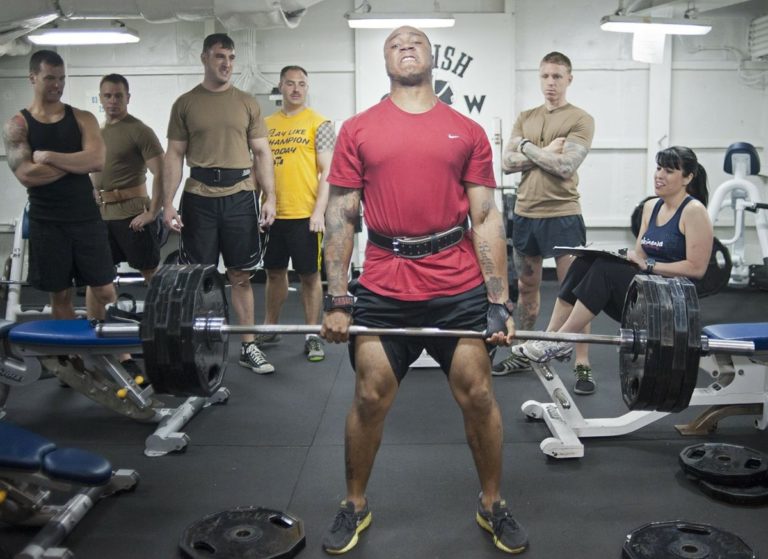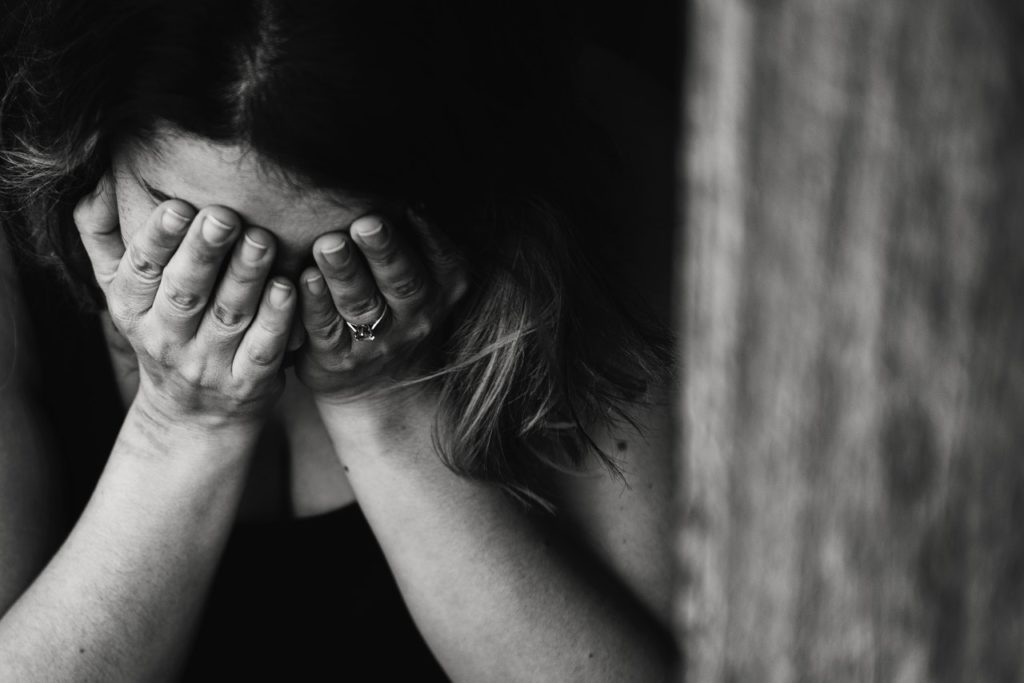Creatine is primarily a legal dietary supplement used by a really large number of athletes.
It should be noted that creatine itself already occurs naturally in the human body, so supplying it from the external environment simply increases its amount. It consists of arginine, glycine and methionine which are three very important amino acids that build muscles.
How does creatine work?
Creatine is a kind of energy reservoir needed by muscles to work – that is, to perform complex exercises by every athlete. Regardless of whether it is preparatory training in the gym or practical, specialized training for a given discipline – in sport muscles work intensively at every level.
The regular supply of creatine is a source of ATP (just popular body energy). It is therefore logical that larger amounts of energy will make the muscles work even more intensively, even harder and even better. Taking into account a person who runs out of ATP – it converts to inactive ADP, which has no possibility of supporting muscles. Here comes the noticeable fatigue and lack of strength. A person using creatine will have an advantage – it will convert to phosphocreatine and combine with ADP transforming again into ATP needed for work.
An additional advantage is the increase in muscle hydration. The use of creatine improves the water-electrolyte balance in muscles, hydrating them better. Thanks to this they can regenerate faster after the workout and grow stronger. Find out more on our blog https://crossthelimits.co.uk/c/creatine/

Using creatine – dosages
A large number of people say that the so-called loading process should be used when starting to use creatine. It determines taking bigger doses of creatine at the beginning – even 20 grams, and then going down to the magic 5 grams a day without any breaks. However, many people use a little more – 7-10g but this depends mainly on their individual parameters – weight or experience.
